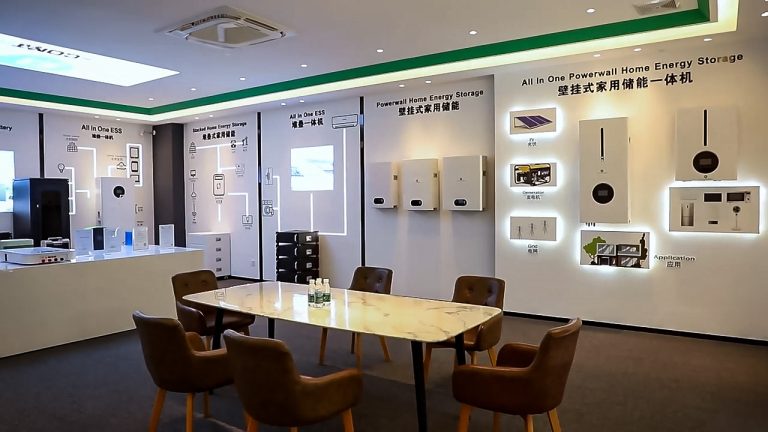There are differences between ternary lithium batteries and lithium iron phosphate batteries in terms of structure, chemical composition, safety performance, energy density, cycle life, charge and discharge speed, environmental protection and different application scenarios. Power batteries, which are currently very popular on the market, are widely used in electric vehicles, mobile devices, energy storage systems and other fields.
1、Structure and chemical composition:
The positive electrode material of the ternary lithium battery is composed of lithium manganate, lithium cobalt oxide and lithium nickel oxide. The negative electrode is made of graphite material. The electrolyte is composed of organic solvent and lithium salt. The positive electrode material of lithium iron phosphate battery is lithium iron phosphate, the negative electrode is also graphite material, and the electrolyte is usually composed of a mixed solution of iron phosphate, potassium ions and chloride ions.
2、Safety performance:
There are also differences in safety performance between ternary lithium batteries and lithium iron phosphate batteries. Since the cathode material of ternary lithium batteries contains elements such as nickel and cobalt, overcharging or over-discharging will cause the oxygen release and volatilization of the cathode material, which can easily cause fire or explosion. In contrast, lithium iron phosphate batteries have higher thermal stability and overcharge resistance due to the absence of volatile elements in the cathode material, and are safer.
3、ure and chemical composition:
Compared with lithium iron phosphate batteries, ternary lithium batteries have higher energy density, that is, they can store more electrical energy per unit volume. However, the cycle life (ie, the number of charges and discharges) of ternary lithium batteries is relatively Short, it is prone to capacity fading under high temperature and rapid charge and discharge conditions. Lithium iron phosphate batteries have a long cycle life, and their capacity fading is relatively small even under high temperature and high current conditions.
4、Charging speed and discharge performance:
Compared with lithium iron phosphate batteries, ternary lithium batteries have faster charging speed and higher discharge performance. Ternary lithium batteries can accept higher charging current, shorten charging time, have a higher discharge rate, and can provide greater current output. Lithium iron phosphate batteries are relatively weak in this regard and have slow charge and discharge speeds. They are suitable for scenarios that do not require high fast charging and high discharge performance.
5、Environmental protection:
Because its cathode material does not contain rare metals such as cobalt and nickel, lithium iron phosphate batteries have good environmental performance and are more in line with the requirements of sustainable development. Elements such as lithium nickel cobalt acid and lithium nickel acid in ternary lithium batteries pose certain pollution risks to the environment.
6、Different application scenarios:
Due to its high energy density and high power output, ternary lithium batteries are widely used in fields that require high-performance batteries such as electric vehicles, portable electronic devices, and drones. For example, Tesla’s electric cars use large-capacity ternary lithium battery packs. Due to its high safety and cycle life, lithium iron phosphate batteries are mainly used in fields such as power reserve, solar energy storage and power tools. Among them, solar energy storage systems often use lithium iron phosphate batteries as the energy storage medium.





